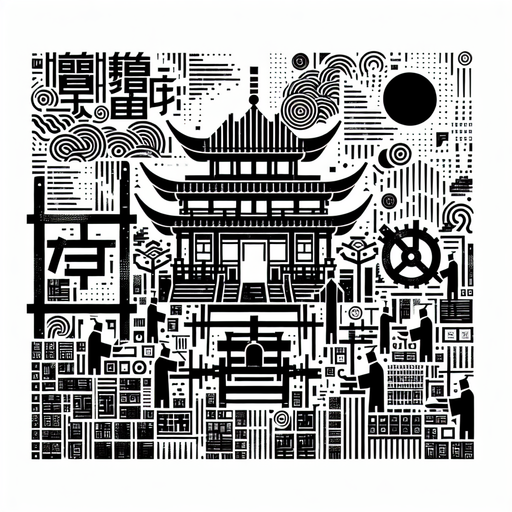Movable Type
Why Chinese Lost the Printing Revolution
The printing press by Gutenberg is considered one of the most important innovations that humans have ever created. However, the invention of the movable type by Chinese inventor Bi Sheng around 1040 AD could have marked an earlier revolution.
Bi Sheng’s method involved carving individual characters on pieces of fine clay or porcelain, which were then hardened with fire. These movable pieces could be arranged to print pages and reused for different texts. Despite this groundbreaking method, the practical application was cumbersome due to the sheer number of Chinese characters, and it did not lead to the mass production of texts in China as it later did in Europe.
The difference was profound: around 1600, European printing presses could output 1,500 to 3,600 pages per day, whereas the Chinese printing technique could only produce about 40 pages per day. This innovation dramatically lowered the cost of book production and increased the speed at which information could be spread, contributing to significant cultural shifts across Europe.
The advent of movable type printing led to the Renaissance, the Reformation, and the Scientific Revolution by making books and new ideas accessible to a much broader segment of the population than ever before. The contrasting impacts of movable type in China and Europe highlight how technological advancements can have varied effects depending on cultural, linguistic, and social contexts.
Craving more? Check out the source behind this Brain Snack!


